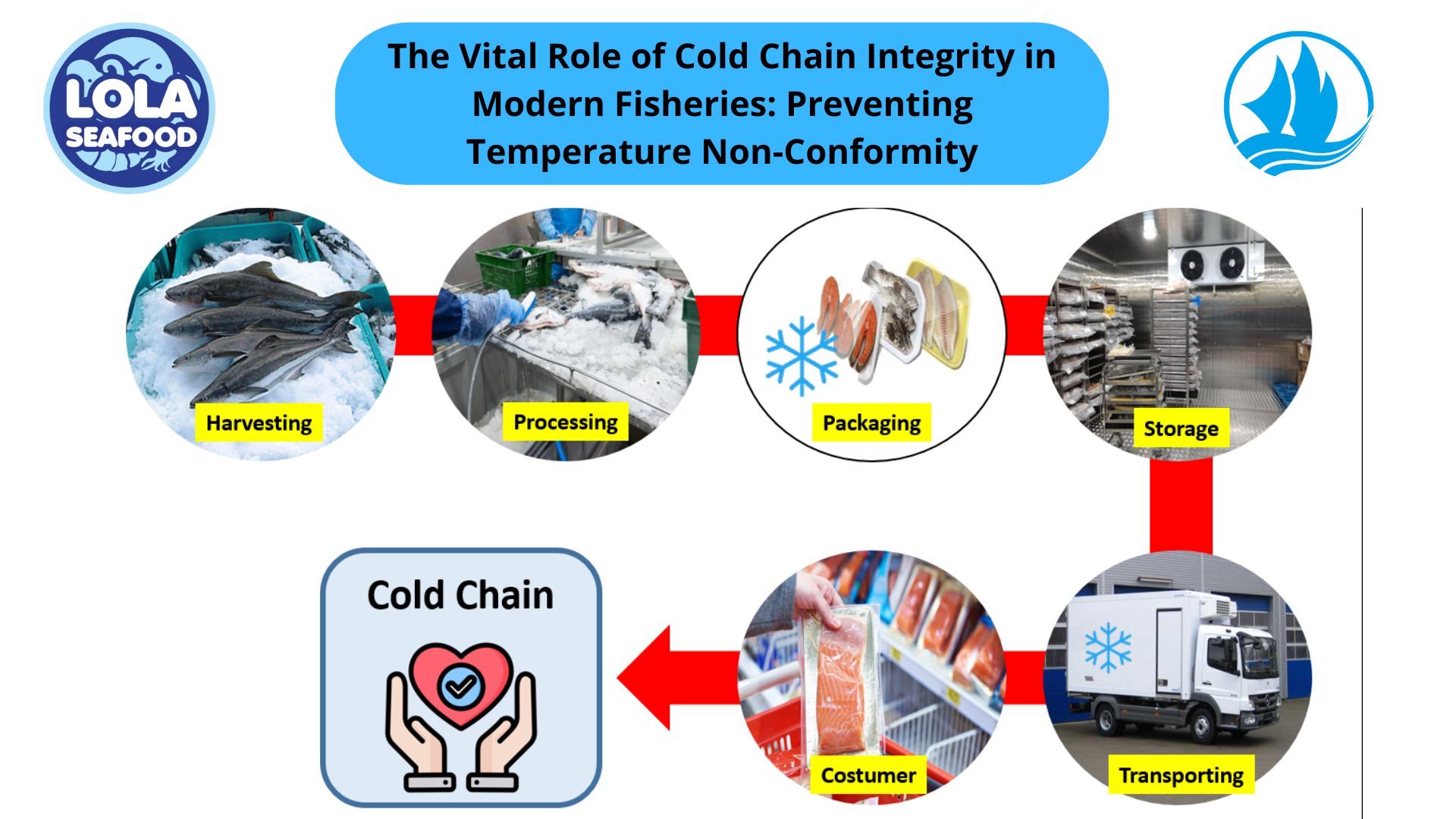PEST CONTROL
By. Najih - 27 Jun 2023
kelola.com - Pests pose a major threat to the safety and suitability of food. Pests are animals, birds or insects that contaminate food either directly or indirectly. They include: rodents, for example, rats and mice; insects, for example, flies, cockroaches, beetles, ants, wasps, bees and various insects that can be found in stored products; birds, for example, pigeons, crows, seagulls, starlings, and sparrows.
Pest control is a component of most prerequisite programs that support HACCP Plans and it’s considered in the risk assessment as a potential hazard to materials and processes. But the pest control program itself could benefit from an evaluation using the principles of HACCP, specifically: hazard analysis monitoring, validation, and verification. Pest infestations can occur where there are breeding sites and a supply of food. Good hygiene practices should be employed to avoid creating an environment conducive to pests. Good building design, layout, maintenance, and location, along with cleaning, inspection of incoming materials and effective monitoring, can minimize the likelihood of infestation and thereby limit the need for pesticides. Establishments should be kept in good repair and condition to prevent pest access and to eliminate potential breeding sites. Holes, drains and other places where pests are likely to gain access should be covered. Roll up doors should close tightly against the floor. Wire mesh screens, for example on open windows, doors, and ventilators, will reduce the problem of pest entry. Animals should, wherever possible, be excluded from the grounds of food-processing establishments.
The availability of food and water encourages pest harbourage and infestation. Potential food sources should be stored in pest-proof containers and/or stacked above the ground and preferably away from walls. Areas both inside and outside food premises should be kept clean and free of waste. Where appropriate, refuse should be stored in covered, pest-proof containers. Landscaping surrounding a food establishment should be designed to minimize attracting and harbouring pests. Establishments and surrounding areas should be regularly examined for evidence of infestation. Detectors and traps should be designed and located so as to prevent potential contamination of raw materials, products or facilities. Treatment with chemical, physical, or biological agents should be carried out without posing a threat to the safety or suitability of food. The cause of infestation should be identified, and corrective action taken to prevent a problem from reoccurring. Records should be kept of infestation, monitoring and eradication.
Some businesses may decide to employ a pest control company to monitor the premises on a regular basis
• A pest control contract should include checking for the presence of all pests, monitor the pest proofing of the premises and the eradication of any infestations found
• A reputable pest control company should provide advice on housekeeping and storage arrangements to prevent access by pests
• The contractor should be able to provide a 24 hour emergency cover and should provide a written report after each visit. It is recommended that any pest contractor report is kept as part of your HACCP based system documentation
.jpg)
The Impact of HACCP-Based Integrated Quality Management Programs on the Quality and Competitiveness of Fresh Demersal Fish Products
 and Employee Productivity on the Demersal Fish Processing Floor.jpg)

.jpg)




